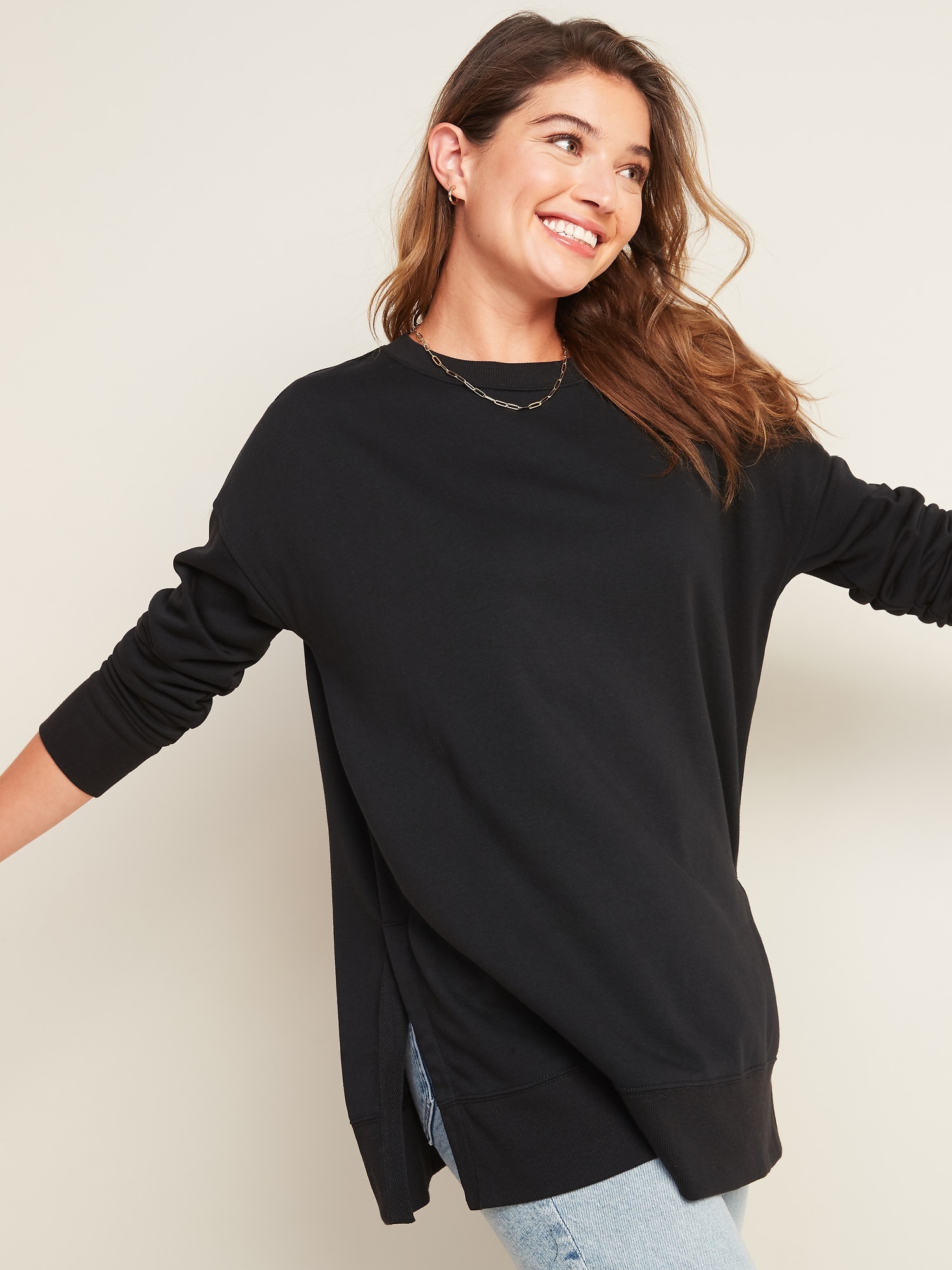Sweatshirts are long-sleeved pullover tops that are made of thick cotton cloth. They are usually used as casual clothes but aren't so formal as sweaters and cardigans. They might not come with a or hood. If you're interested in purchasing a sweatshirt, here are a few tips:
Norma Kamali spread the appeal of sweatshirts
Since the end of the 70s in the late '70s, Norma Kamali has been transforming the simple sweatshirt into an art. Her designs are now an essential part of all women's wardrobes. Her distinct designs include a tummy-tucking crew neck to leather-paneled sweatshirts. She also has created clothes in unusual designs, like tanks with a long trumpet skirt.
A collaboration with the brand and the manufacturer of sweatshirts Everlast gave rise to her Timeless collection, which became an instant hit when it appeared in the spring catalog of Spiegel. The collection featured knits that were convertible and interchangeable with classic designs and many of the pieces were priced under $20. Even even if Norma Kamali's Timeless collection wasn't available in stores, customers could still find these designs for sale on eBay as well as Poshmark.
Merino wool sweatshirts tend to be more comfortable than sweatshirts made of soft wool.
https://casinogamblerman.com/things-to-consider-when-picking-the-correct-sweatshirt/ is renowned for its ability to wick moisture away which help to keep you dry and comfortable. This is a naturally-occurring fiber and also has a smoother feel. The fabric also dries quickly compared to other natural substances. Furthermore, merino is a sustainable resource. Merino sheep shed their coats every year and regrow new ones.
Merino's weight-to-heat ratio is high, and the warmth of wool is what makes it a popular choice for sweatshirts. It helps to regulate the temperature of your body due to its loft that naturally holds heat in the fibers. This is why Merino wool sweaters are perfect for summer as well as outdoor activities such as mountain biking, and running. The warmth they provide ensures that the wearer stays well-hydrated and cool, something that is crucial for working out.
Zip-front hoodies come with kangaroo pockets.
Kangaroo pocket Hoodies are a well-loved style of hoodies. They feature a big pocket in the front, that will keep your hands warm on cold days. They're much more practical than traditional pockets because they permit the hands to slide in and out easily.
Kangaroo pockets are usually large enough to accommodate an entire wallet or smaller personal items. They are commonly big enough to hold the palm of a hand that is small and are sufficient to hold two hands. sweat shirts feature wide openings on either side , and can be used to carry small items.
French Terry fabric is a popular fabric for sweatshirts.

The French Terry fabric is constructed of soft yarns that are knitted into loops and is usually medium-weight. It is also renowned for its ability to wick moisture and is already pre-shrunk. French terry is a great choice for sweatshirts since it keeps you warm when you require it and also keeps you cool when you need to cool off.
French Terry is also popular for casual wear, as it has enough stretch and flexibleness to feel great against your skin. It also allows for enough air to circulate throughout the fabric, which makes it ideal for layering under other clothes. Additionally, since it's lighter than most sweatshirts, you can wear it all year round without feeling warm or cold.
Hoodies have classist connotations
While it may seem that hoodies are just an appropriate attire item for people of the working class but the truth is that they are a symbol of class. The hooded clothing was first popular in the early 70s New York, where graffiti artists wore them to hide their identities. In 1976, hoodies made their major film debut in "Rocky," when the protagonist of the film was a working class man in gray sweats that were hooded during his memorable climb to the top of the steps of the Philadelphia Museum of Art.
Hoodies are usually associated with destruction, death and other negative items, yet they serve a practical purpose. For example, monks and priests can wear hoods to demonstrate modesty and inward focus.
